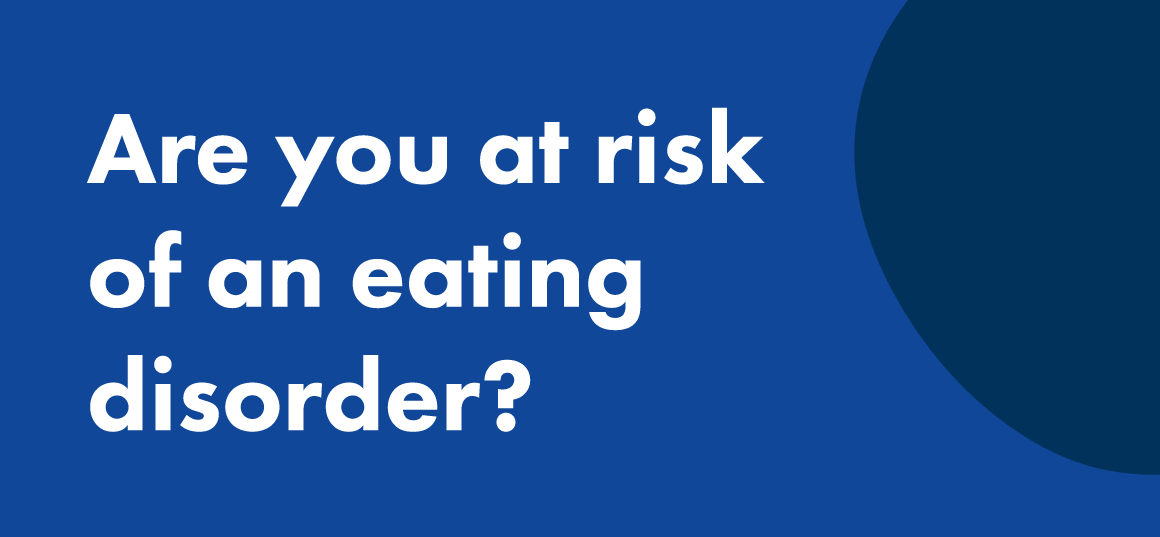Men, boys and eating disorders
Men, boys and eating disorders
The stereotype of a person with an eating disorder is a young, wealthy, white woman. Like all stereotypes there is some grounding in truth, with women and girls remaining the cohort most affected by eating disorders, with onset between 12-25 years most likely. However, large scale surveys show that eating disorders do not discriminate by income or education, while emerging research suggests Aboriginal and Torres Strait Islander people experience eating disorders and body image issues at a similar or higher rate than non-Indigenous people.
In recent years research has also uncovered significant numbers of men and boys who are affected by eating disorders. National estimates produced in 2012 for Butterfly Foundation found that 36 per cent of those experiencing eating disorders are male.
There are some significant differences in how men and boys experience eating disorders compared to their female counterparts, including the average age of onset, differences in symptoms and presentation, service access and stigma. These differences include intersections across indigeneity, ethnicity, sexuality and gender identity.
The mean age of onset for eating disorders is slightly lower for males.
According to one large scale study between 15-20 per cent of people experiencing anoxia nervosa and bulimia nervosa are male, while there is a higher prevalence of sub-threshold Binge Eating Disorder among men than women.
Body dissatisfaction is a risk factor for the onset of eating disorders and is a significant issue, especially for younger men and boys. A 2017 Butterfly Foundation survey found that 40 per cent of respondents identifying as male were dissatisfied or very dissatisfied with their appearance (compared with 46 per cent of respondents identifying as female). Another study found that found that 55 per cent of boys aged 12 to 18 expressed a desire to alter their body in some way. A recent study of secondary school students found that half of boys aged 14-16 were using muscle-building protein supplements, which can be high in stimulants and contain harmful ingredients such as anabolic steroids.
Men and boys are subjected to different cultural messages about appearance that can increase their vulnerability to eating disorders. These include an idealised physical body shape that is lean and muscular, and social norms that frame masculinity as about control and ‘taking charge’. These features can mean that eating disorders among men and boys are overlooked or misdiagnosed by health care professionals.
Men are less likely to seek help for eating disorders than women. Reasons for this may include the stereotype that the disorders only affect women, along with universal factors such as shame.
Lived experience insights from men reveal particular experiences of stigma and discrimination. For example, on a discussion panel earlier this year a male participant reported peers referring to him having ‘manorexia’. In a new survey of people affected by eating disorders by Butterfly Foundation, male respondents cited comments from health care professionals such as: “’Men don’t get bulimia or anorexia’ is a standard phrase I hear” and “He’s too young to have an eating disorder. Really, only girls have eating disorders”.
As recognition of the experiences of men and boys with eating disorders evolves so too must the system of care and the community attitudes that underpin it.
Butterfly Foundation’s MAYDAYS campaign runs until 30 June – check out the #PushingPastPostcodes campaign page. For free, confidential counselling, advice and referral, please contact the National Helpline (1800 ED HOPE), which is available seven days a week from 8am-Midnight (AEST).






















